| ChrisOLeary.com > ... > Baseball > Hitting > The Hitting Mechanic > Why Hitting Myths Persist |
Why Hitting Myths PersistIn this web site I devote much of my time to discussing and debunking a number of various myths about hitting. That includes the myth of extension at the point of contact, the myth of backspin in hitting, and the myth of the A to C swing. What's interesting about these myths is that they have persisted as long as they have. I believe that one reason why these myths persist is due to the limitations of the contemporary video technology. The fact is that most pre-HD video technology simply wasn't good enough to capture swings in sharp detail. Instead, there was significant blurring. 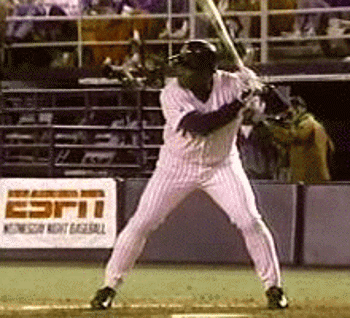
Tony GwynnThat allowed people like Tony Gwynn and Don Mattingly to believe what they wanted to believe about their swings. 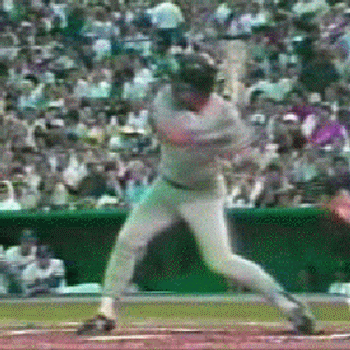
Don MattinglyYou can get a sense of the problem in the clip below of Mike Schmidt hitting his 500th home run. 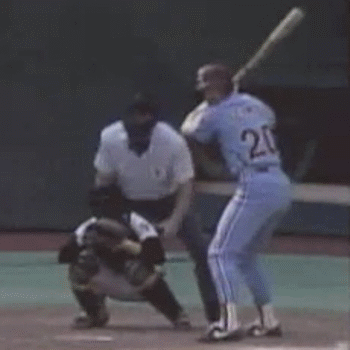
Mike SchmidtAs the bat starts moving, it gets increasingly hard to see the barrel. 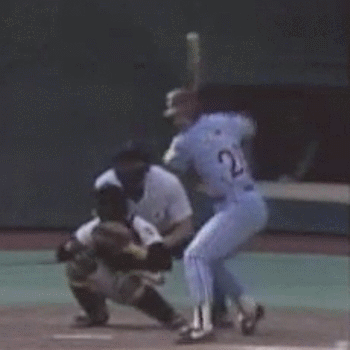
Mike SchmidtThis is particularly true in the critical frame right before contact. In that frame, the barrel is little more than a wispy shadow. 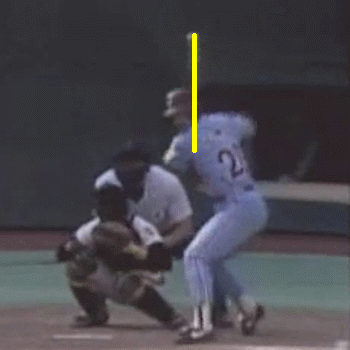
Mike SchmidtIt is only by going through clip frame by frame and annotating it that we can see what Mike Schmidt's barrel actually did during the course of his swing. The problem that I'm starting to see is that, while people are starting to get a sense of what the modern high-level swing looks like, a new myth is starting to emerge; that the modern high-level swing is very different than the classic high-level swing. That myth is being driven by the fact that, while it's no longer possible to doubt what happens during a modern high-level swing, the poor quality of most pre-1990 clips make it possible for analysts to interpret them any way they want. |
| about | contact | copyright | sitemap | liability policy |